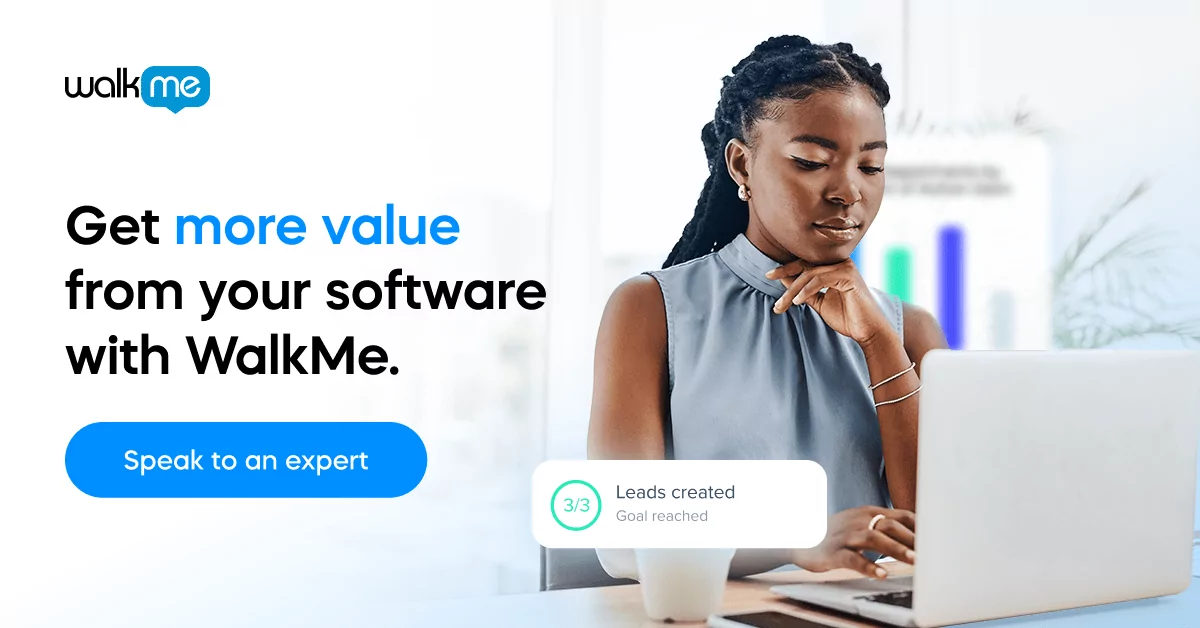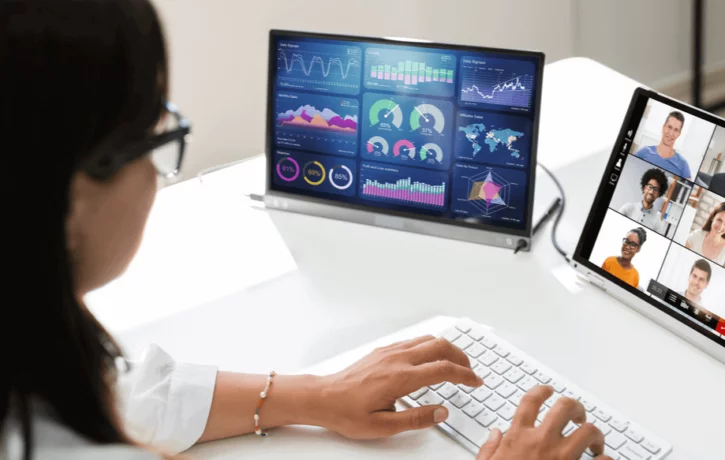The remote work paradigm brought about in 2020 and through 2021 has dramatically affected the workplace experience for employees around the globe. To adapt, many HR and IT departments have deployed hybrid workforce solutions aimed at simplifying and streamlining the employee experience.
Before examining how HR and IT can use these solutions to design a better digital workplace, let’s explore exactly why and how technology has such a big impact on employee performance.
Technology’s impact on the employee experience
Though many companies may view software as a secondary concern, research has shown that software does have a growing influence on major employee metrics including:
- Employee engagement
- Employee productivity
- Employee retention
- Job satisfaction
There are several reasons why technology plays such a pivotal role in the employee experience.
Sub-par technology makes it more difficult to perform day-to-day tasks, which can create software-related frustration, inefficiencies, miscommunication, and more. Employees also recognize that automation is on the rise and the majority want to learn and use new digital tools in the workplace.
Perhaps the most striking statistics that illustrate the role of tech in the workplace come from a 2021 survey from Workfront.
Their survey, which focused on how COVID-19 changed digital work, discovered that:
- 32% of workers have quit a job because their employer’s technology was a barrier to their ability to do good work
- 49% of US workers said they would be likely to leave their current job if they become frustrated by the technology they use at work
- More digital workers say digital technology is “very important” for collaborating and doing their best work
- Workers are relying more on technology to develop new ideas and to foster creativity and innovation
- A company’s out-of-date tech caused more workers to turn down a job than in a previous survey from early 2020
A company’s technology tells employees how concerned the organization is with quality work and with the workforce. When a company pays little attention to its technology, it implies they treat employees and the business itself with a similar attitude.
The data above highlights the stark changes in employees’ attitudes toward technology that occurred in the past year—it showed not only that people prefer the freedom and autonomy offered by remote working, it demonstrated that employees have little patience for outdated technology and work environments.
To maximize employee performance and productivity, it is crucial to modernize both technology and the workforce experience.
How hybrid workforce solutions boost employee performance
While there are different ways to approach workplace digitization, one of the best is to work outwards from the employee experience—and since the present and the future of work is hybrid, it is crucial to build digital ecosystems that create a consistent digital experience, no matter from where teams are working.
Here are a few tips to keep in mind when designing a hybrid, digital-first workplace:
Have IT and HR partner up to design a digital adoption plan
First and foremost, it is important to form a strategic partnership between IT and HR.
HR, after all, will be the department that communicates with workers, analyzes the employee experience, and redesigns the workplace.
IT, however, will perform the technical aspects of workplace digitization, including everything from budgeting to software implementation to maintenance.
Together, they can design an employee experience that will ideally remain consistent for both onsite and offsite workers.
Learn about employees’ day-to-day digital experiences and needs
HR should collaborate closely with employees to understand their perspectives, particularly as they relate to digital technology.
As we saw above, technology is playing an increasingly critical role in decisions related to employment.
To gain insights into employees’ needs, use employee surveys, technology acceptance model questionnaires, feedback from managers, software interaction data, and any other relevant data sources. That information can then help HR and IT managers adopt the right software, provide relevant employee training, streamline onboarding, and more.
Ultimately, these insights will help managers design a workplace that maximizes employee satisfaction and enables them to perform at their best.
Analyze and address each stage in the employee lifecycle
The employee lifecycle begins with recruitment and onboarding, continues through engagement and performance improvement, then ends with offboarding.
Technology plays a role in each stage of this life cycle, so it is important to adopt tools that optimize each stage in that journey.
Employee onboarding software can be used during the initial stages of employment to simplify new hires’ digital experiences, accelerate training, overcome learning barriers, and even decrease turnover.
Likewise, employee training applications, such as WalkMe’s Digital Adoption Platform (DAP), can be used to increase software proficiency, automate technical support tasks, and more.
By taking a data-driven approach to the employee experience—and by incorporating employee feedback—HR and IT can systematically design and optimize the employee experience from beginning to end.
Prepare for the future by adopting hybrid workforce solutions
The data reviewed clearly shows that employees don’t just prefer modern tools, they prefer remote-friendly workplaces. Study after study has confirmed this, and many organizations have come to understand this firsthand.
Every workplace digitization strategy should be hybrid-first.
It is important to implement software that can be used from any location. Ideally, employees should have the exact same tools and workflows whether they are working from home or working in the office. Digital adoption solutions are a prime example of this software. They can be used to onboard, train, and support the workforce, no matter where they are located.


